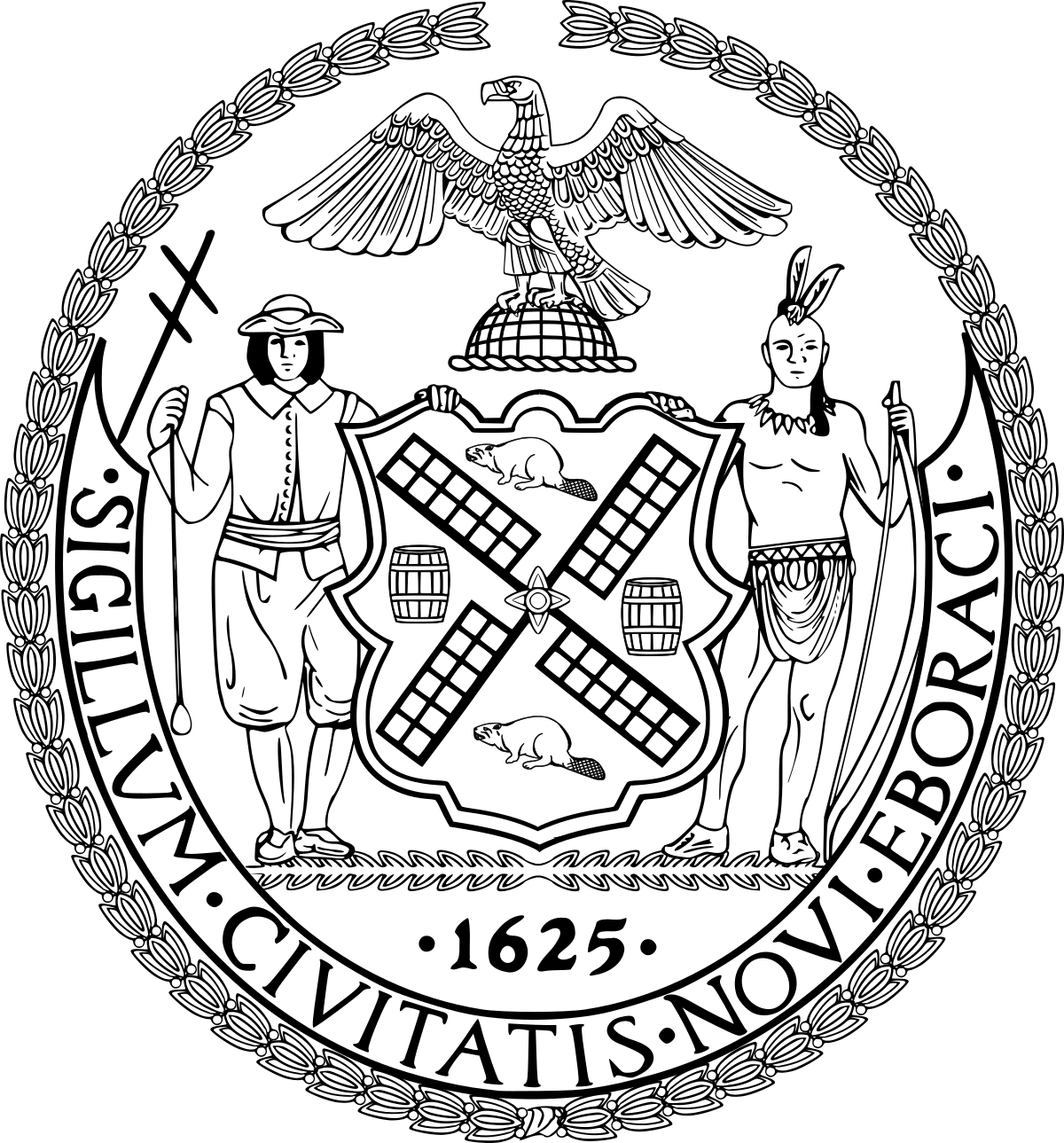Stock Market Crash of 1929
On "Black Thursday", the economic bubble of the Roaring Twenties finally burst. Triggered by an overconfident public who were actively trading stocks purchased with easy credit, a raise in the interest rate by the Federal Reserve, low wages, the proliferation of debt, a struggling agricultural sector and an excess of large bank loans that could not be liquidated.
Stock prices fall sharply on a day of heavy liquidation. The following Monday, "Black Monday", the stock market falls 22.6%, the highest one-day decline in U.S. history. The crash triggers similar declines in markets around the world. The next day, "Black Tuesday", panic sets in as investors all try to sell their stocks at once. Over 16 million shares of stock were sold, setting a market record of over $14 billion in paper losses. Stock tickers could keep up with the heavy trading volume. At the end of the day, the market was down 33 points, more than 12.8% and the Great Depression began.
Panic set in, and on October 24, Black Thursday, a record 12,894,650 shares were traded. ... Black Monday was followed by Black Tuesday (October 29, 1929), in which stock prices collapsed completely and 16,410,030 shares were traded on the New York Stock Exchange in a single day.

